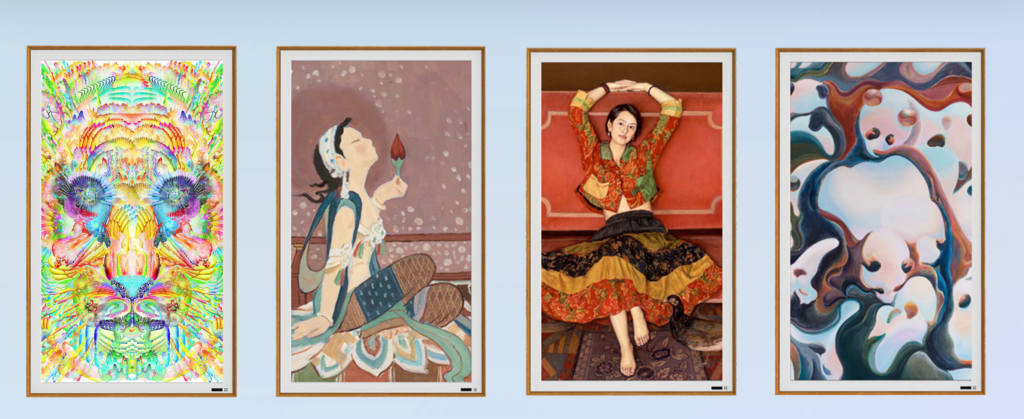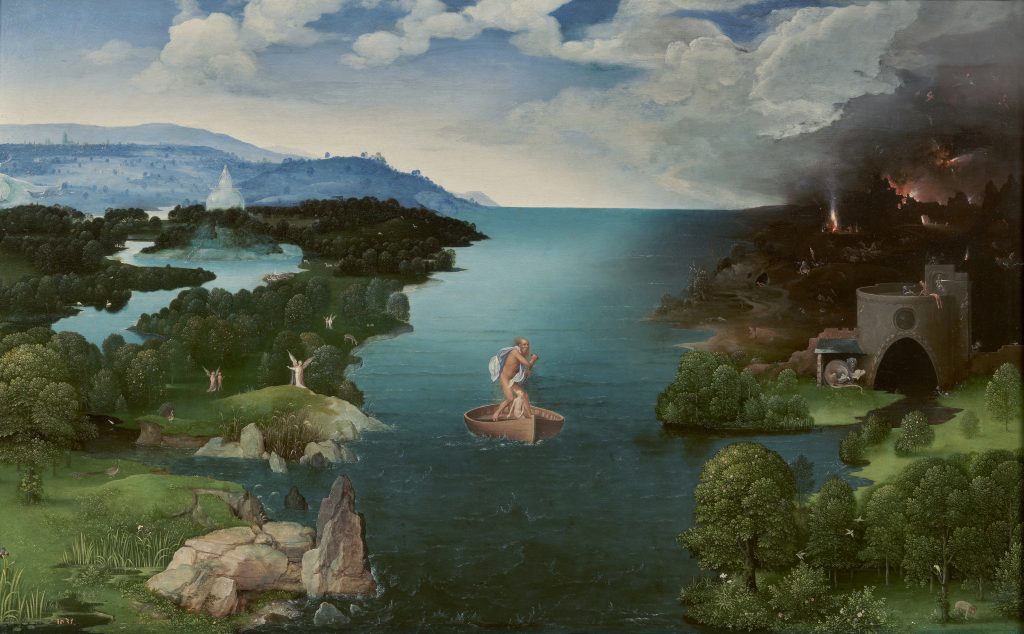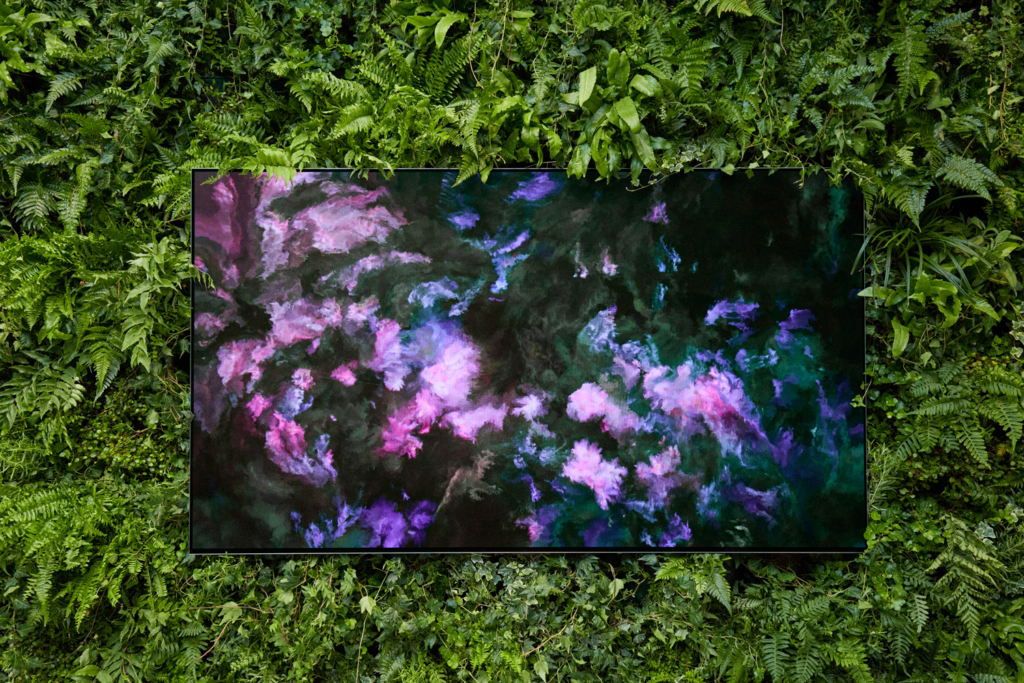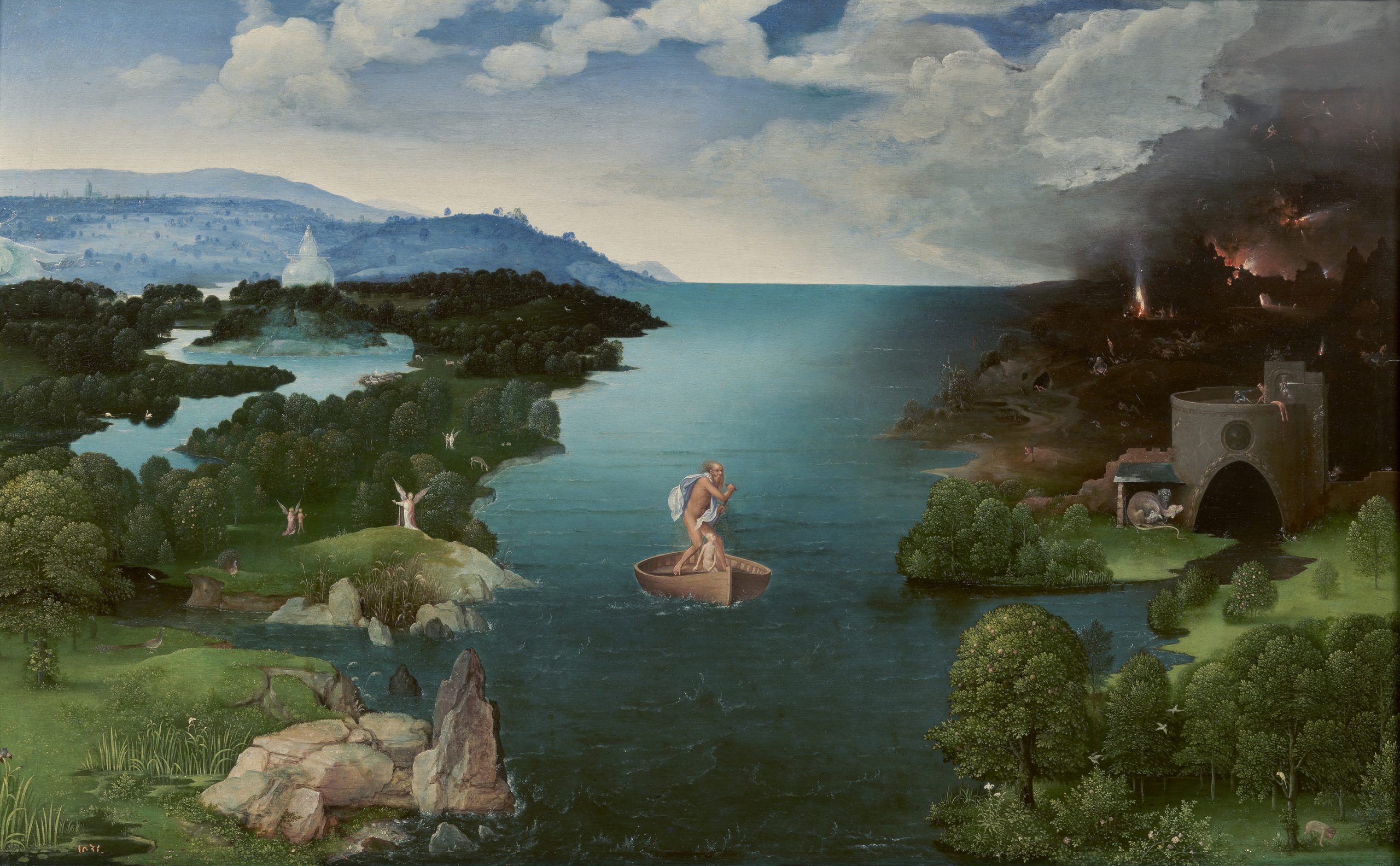Landscape painting, also known as landscape art, has captured the hearts of art lovers for centuries for its painterly depictions of the beauty of Mother Nature; these compositions are usually of lush green fields, picturesque mountains, forests and rivers. Over time, landscape paintings have undergone significant shifts in how artists portray mother nature goodies, with artists reimagining nature’s atmospheric beauty in abstract and minimalist forms and utilizing technology as a medium of expression.

From Canvas to Screen: A New Horizon
The evolution of landscape painting from the physical canvas to digital screens demonstrates art’s ability to adapt and endure. The digital screen represents a new way to exhibit showcase, bringing to life the magnificence of nature through digital representations that move as if they were living organisms. In recent years, with advancements in artificial intelligence, artists like those behind ‘Wall Art by Pat‘ have embraced AI, blending super-fast capabilities with traditional techniques to cduce vivid creations.

Reimagining the Natural: Creativity Unleashed
Historically, landscape painting has depicted the grandeur of the natural world through oil paint on canvas. A prime example is Joachim Patinir, a pioneer of landscape painting as an independent genre and the first Flemish painter to consider himself primarily a landscape painter. Patinir’s significant contribution to Western art lies in his distinct style of panoramic Northern Renaissance landscapes. However, as technologies have advanced, providing artists with innovative tools, a fresh virtual canvas has emerged, inviting creative exploration. The blend of art and technology has become a more common practice. This is evident in artistic projects like Samsung’s OLED collaboration with the artist Quayola. By uniting code, datasets, and human touch, Quayola creates vivid digital landscapes that synchronize in a fluid ballet of texture and colour, echoing an impressionistic aesthetic.

We then see artists like Brendan Dawes, who use generative code to create art. The results are ethereal compositions: otherworldly, unusual, yet stunning. Technology has made art more inclusive and accessible, providing opportunities for both aspiring and experienced artists to engage in landscape painting without being restricted by materials, geography, or technical skills. This shift has levelled the barriers between artists and audiences, fostering a more open and shared appreciation of art.
Preserving the Essence: A Tribute to Tradition
Despite its technological evolution, landscape painting still fulfills its age-old purpose: to evoke emotions, inspire, and provoke thought. As artists embrace new digital tools, they bring fresh perspectives to their interpretations of the world. However, this evolution is grounded in tradition, serving as a reminder that art, regardless of the medium, reflects our adaptability. Contemporary landscape artists fuse traditional techniques and painting approaches with digital mediums of expression, connecting past and present in their work.
The continuous evolution of landscape painting, marked by the integration of technology, highlights the enduring nature of art as a medium for emotional engagement, inspiration, and intellectual stimulation. The adoption of digital tools by artists offers new perspectives while staying true to the art’s traditional roots, showcasing the dynamic and adaptive nature of human creativity.




